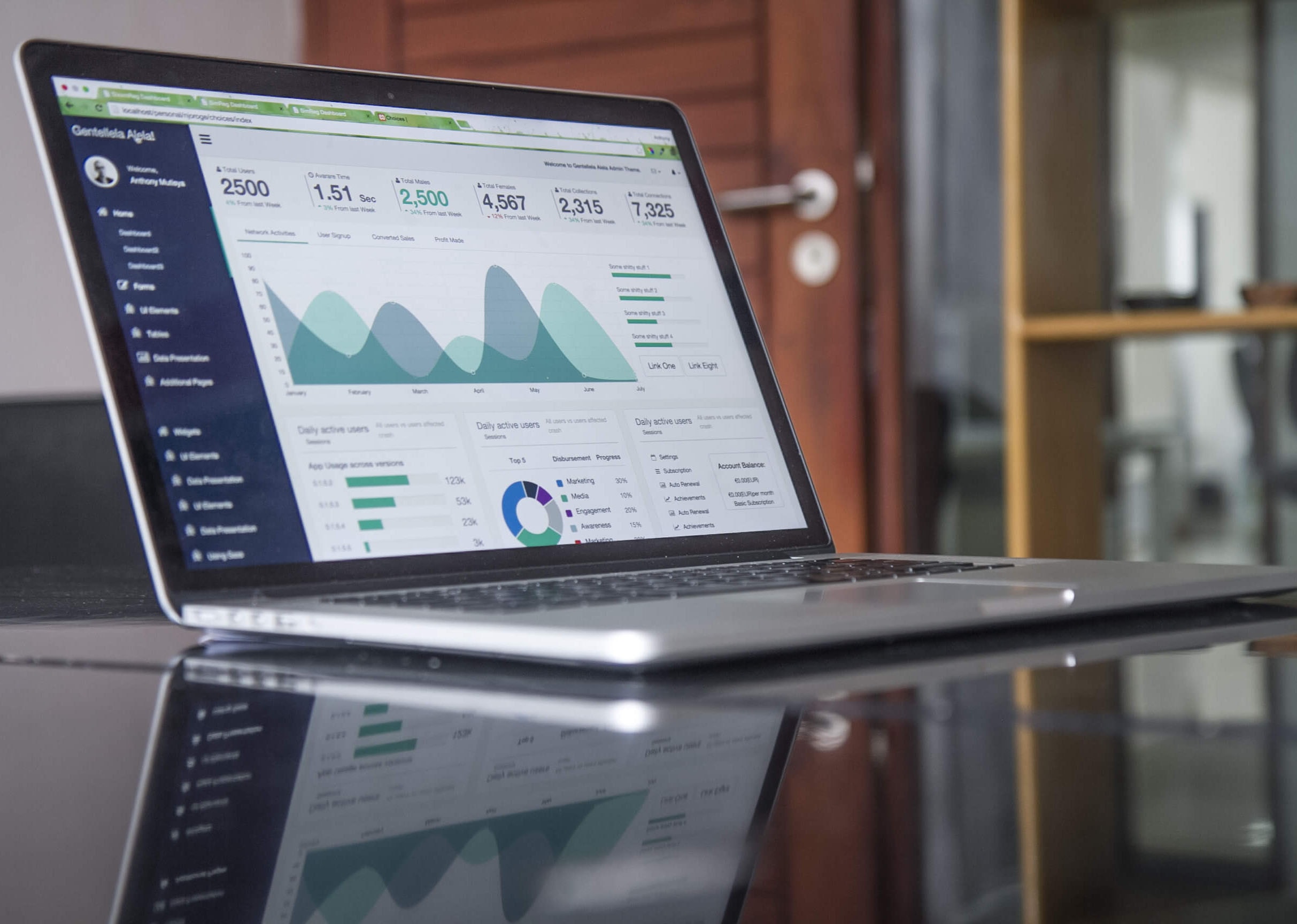Why does my Onyx visitor count show as higher in Onyx than my Analytics tool?

You may have noticed that your Onyx visitor count sometimes appears to increase faster than the visitor count on analytics tools such as Google Analytics or Plausible.
Essentially, this is because each tool uses a slightly different way of working out unique visitors.
How does onyx determine unique visitors?
Onyx defines one visitor as one unique IP / useragent combination.
This resets daily, so one user visiting from the same IP/computer/browser each day will only ever add a maximum of 31 visitors to your site in a month, regardless of how many times per day they view your site.
Bots
Your site will not just be visited by humans!
Bots like search engine crawlers, scheduled tasks, monitoring tools such as Uptime Robot and performance analysis tools such as GTMetrix or Google's PageSpeed Insights will also make requests which can add to your visitor count overall.
Both Onyx and most common analytics tools exclude common bots, however, analytics tools will generally also strip out other requests. These include those internal to the site such as Cron actions.
Most analytics tools will also exclude some visitors that look genuine but may not be a human visitor. This is possible due to their large collection of human and bot interaction samples.
Onyx's analysis methods and those used by other Managed WordPress providers won't strip these out.
Ad-blockers
Ad-Blockers are the one key difference between Onyx's analytics tracking and a standard analytics tool.
According to Statista.com, around 36% of UK internet users have an ad blocker of some description installed, so that can also have a significant hit in the accuracy of analytics tools.
The majority of ad-blockers will also block the JavaScript tags used by common analytics tools. As JavaScript tags are the main way tools such as Google Analytics track visitors, users that use an ad-blocker won't get reported back to Google however as Onyx uses the sites access logs to track visitor numbers, these users will still count towards your Onyx analytics.
Conclusion
You should now have a better idea of what technologies go into determining a sites unique visitor count, the other types of traffic that can impact these numbers and the differences between Onyx's numbers and those of third-party tools.
This should not deter you from using the third party tools, quite the opposite actually! As mentioned, there are drawbacks and "Blind spots" within each method and the best way to track your visitors would be through a combination of third party tools and Onyx Analytics.

